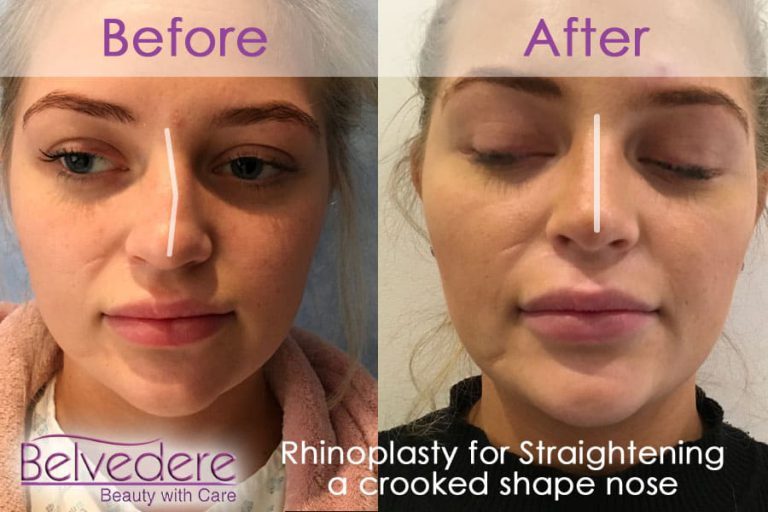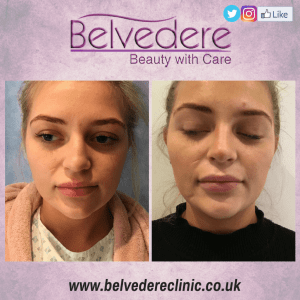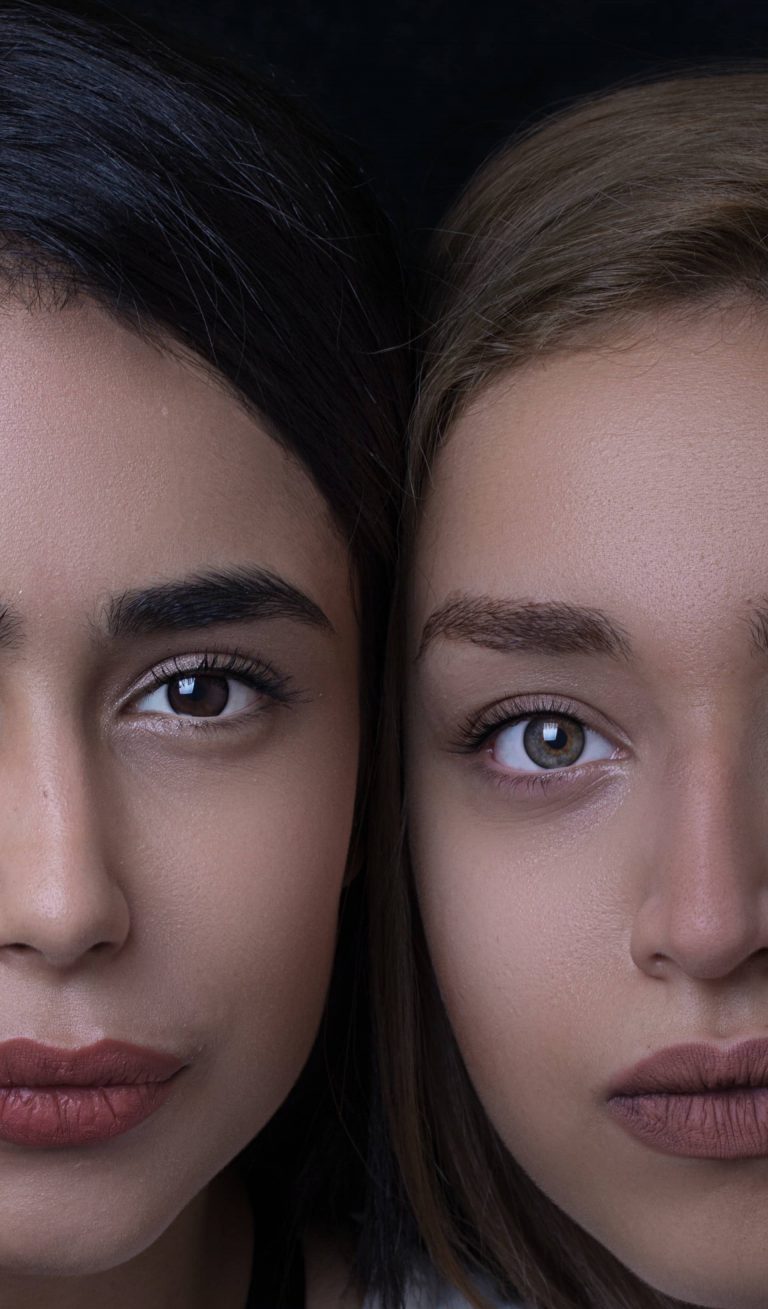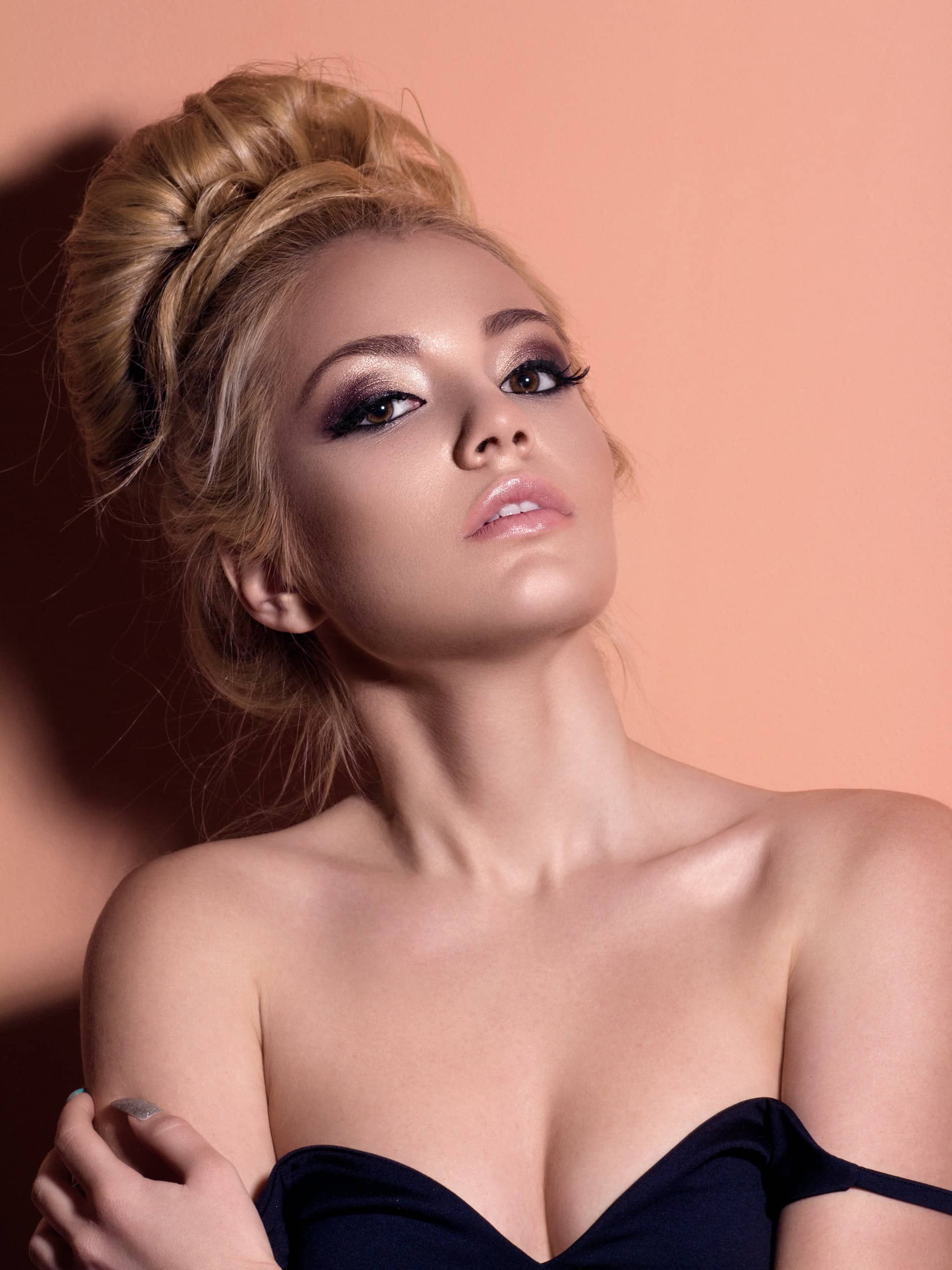choosing the Belvedere for Nose Re-shaping
Your plastic surgeon can change the shape of the tip or the bridge of your nose. The nostrils can also be altered, as can the angle between the nose and the upper lip, for perfect symmetry.
As it’s the focal point of the face, a problem with the nose is often a major issue for an individuals self-esteem and confidence. A crooked or disproportionate nose can distort the proportions of the whole face. At the Belvedere Clinic we have a solution for all types of nose reshaping that not only improves the image of the nose but of the whole face.
There are many different types of cosmetic procedures that can make improvements on the way people look. One of those types of procedures is rhinoplasty (nose job). Most people think that rhinoplasty is a type of surgery that is only provided for those who want to reduce the size of their nose. In reality, there may be a number of different reasons why it is considered.
The British Association of Aesthetic Plastic Surgeons (BAAPS) has more information on nose reduction and nose augmentation.





Finance Options
If you thought you couldn't afford plastic surgery, think again. Find out whether we can provide you with finance for your procedure. Meet a few key criteria and you could be eligible for a loan.
Click for FinanceAbout the Rhinoplasty Procedure
A nose reshaping operation normally involves separating the soft tissue that lies on top of the nose from the bone and cartilage underneath. Depending on the operation, the surgeon might break the nose bone and reposition it, and/or reshape the cartilage.
The procedure differs depending on what the individual patient wants to get out of their rhinoplasty surgery but the majority of the scarring will be inside the nose and so not visible. Your surgeon will be able to give you greater detail on your surgery at your consultation.




Recovery After Nose reshaping surgery
After your Rhinoplasty procedure you will have a plaster of paris (POP) over your nose, which will be removed about 10 days after but must be kept dry at all times prior to removal. 4 weeks after the POP has been removed massage the nose gently, working with finger tips from the nasal tip upwards. You can clean the nostrils gently with cotton buds soaked in warm saline after 10 days and should avoid sneezing, coughing or anything that may increase pressure around the nose. You should not consume alcohol or take aspirin for 10 days.
Your surgeon will discuss this in detail with you however if you have any queries feel free to call us.
Helpful advice – It is worth anticipating your own reaction to the first sight of yourself and your new nose. To start with, you will look rather strange in the mirror and not quite ‘you’ because of your different nose. Remember that it takes a few days for your mind’s eye to adjust itself to your new appearance and to recognise it as ‘you’.

Ready to discuss your nose reduction surgery?
Get in touch with our friendly and helpful team now, for a no-obligation chat about your transformation.
Contact the Belvedere ClinicRhinoplasty FAQs
If you are considering Blepharoplasty (lower eye bag removal), you are likely to have some questions.
These FAQ will help to answer some of the most common questions for those seeking a eye bag removal surgery in the UK.
Rhinoplasty, also commonly known as a nose job or nose surgery is a surgical procedure to alter the look or shape of a nose, or improve or correct it.
The procedure usually changes the size of the nose in relation to the rest of the face, the bridge’s width, the position of the nasal tip, the presence of humps and depressions, size of the nostrils and symmetry.
Rhinoplasty can help to improve both the function and appearance of the nose. It is impossible to tell if you are a good candidate without visiting the surgeon first. Most doctors will offer a consultation during the initial appointment that will allow them to address your concerns. Rhinoplasty may be an option to consider but there may also be other procedures that can work as well.
One of the more common questions asked by people who are considering rhinoplasty is in regards to the pain.
Most people have seen this procedure done on an internet video or the telly so it could lead to some concern.
Rhinoplasty is not an extremely painful procedure and painkillers will be provided to help reduce any pain issues during the first day.
When the procedure is first performed, there may be a small scar that occurs because of an incision that allows the doctor to get under the skin. In most cases, the incision is very small and the scar will not be noticeable after it heals and a few months have passed.
It is impossible to have rhinoplasty without some bruising but the surgical instruments that are used for this procedure help to reduce the damage that could lead to that issue. In most cases, the bruising associated with the nose job will disappear within a week or so. You may need to sleep on your back and with your head elevated, which can help to reduce bruising as well.
Generally, rhinoplasty is a safe procedure but any type of operation will carry a certain amount of risk and the possibility for complications. Risk could be from the surgery itself and some people do not react well to a general anaesthetic.
The most common risks during nose reshaping include excessive bleeding, adverse reaction to anaesthesia as well as infection. There’s also a small possibility that you will require additional surgery in the future.
One of the biggest risks of this procedure, is that you might be unhappy with the results, which is one of the reasons why cosmetic rhinoplasty has the highest revision rate.
Choosing the right doctor will help to limit the possible issues because they will take all necessary precautions to avoid them. This is something that should be discussed with your physician during the consultation process.
These are terms you will come across when researching this procedure and so, it’s important to know their differences as well as the technique that’s most suited for you.
In closed rhinoplasty, the incisions are done inside the nose while in open, the practitioner cuts right underneath the thin tissue strip that separates the nostrils, usually referred to as the columella.
Closed rhinoplasty is the more common procedure as it heals faster than its counterpart. However, some doctors say that open rhinoplasty is better as it provides more control during the surgery and thus more consistent results.
You must remember that this is a surgical procedure with long term results, so you should make an informed decision that this is the procedure for you.
As such, if you have any reservations or just want minor changes, then gravitating towards non-surgical rhinoplasty, which utilises dermal fillers might be the solution for you. However, if you want to see lasting results, then you’ll want to talk it over with a certified surgeon. Keep in mind that everybody’s nose changes with time, and so, ensure you discuss with the surgeon how your new nose might adjust.
Before the procedure you will have a consultation with your surgeon. They will explain the procedure, what will happen and discuss any concerns that you may have. They will also discuss with you about stopping any medications that you take prior to surgery, such as blood thinners. If you are a smoker they will also strongly suggest that you stop smoking, as this can slow down your recovery and healing process.
This procedure is usually carried out under a general anaesthetic. The procedure should take no more than two hours. Your surgeon will once again talk you through the procedure, and if required a sedative can be given.
You will have to wear a nasal splint for up to ten days post surgery. There may also be some bruising and moderate swelling to the area around your eyes, but this should subside after two weeks. It’s advisable for you to avoid strenuous exercise for at least four weeks to help with the healing process. A full list of what you should, and shouldn’t do, will be given to you after the procedure.
Some people do experience a change in their sense of smell after a nose job, especially when an odour is particularly offensive. In most cases, however, any altered sense of smell is going to be temporary and will return to normal in under a month.
In addition to an ideal surgical procedure, good results need favourable healing responses.
Excessive soft tissue, as well as prolonged inflammation, tends to complicate the healing process and lessen the cosmetic results. As such, controlling the post inflammation and operative swelling is crucial. While these things are unavoidable, excellent aftercare can reduce the inflammatory effects of the surgery and optimise the cosmetic results. And of course, excellent care is most beneficial right after surgery, when the tissues are most vulnerable to blood pressure elevations. Whether it’s pain, experiencing anxiety, vomiting, climbing stairs or carrying a suitcase, increase in blood pressure will certainly increase the bruising, inflammation and swelling beyond what is already there.
In-hospital care provides the advantage of round the clock nursing, and intravenous medication administration to control blood pressure, anxiety, pain, infection and nausea. For that reason, it is advisable to stay overnight at the hospital after the procedure even if you do not like the idea. This is a vital stage of recovery and has a huge impact on the overall results.
Rhinoplasty at the Belvedere costs from £3000- £5000
A tip refinement will certainly be less expensive than complete rhinoplasty and a revision will usually be more expensive, particularly when grafts are needed. The addition of turbinate, septal or sinus procedures also increases the cost.
More often than not, cosmetic surgery costs are based on the estimated length of anaesthesia as well as the anticipated complexity of the procedure. In most hospitals, the facility fee, surgeon fee, anaesthesia fee and overnight hospitalisation fee are bundled into a single package for cosmetic patients.
Generally, rhinoplasty can be done any time after the nasal cavity growth is complete. But when it comes to cosmetic surgery you have to be over 18 years of age.
Keep in mind that nose reshaping procedures become trickier with age. With all other factors being equal, the best time to undergo rhinoplasty is during early adulthood. By age 40, the results of the procedure are often less favourable and cosmetic rhinoplasty is not advised beyond age 55 because of poor healing responses as well as increased chances of disappointing results.
Nose procedure results tend to change over time. It takes a few months for the swelling to subside and many surgeons recommend waiting for at least a year before undergoing revision rhinoplasty.
Any further question please do not hesitate to contact the clinic.
Pre & Post Plastic Surgery Care
Find out how to prepare for your surgery and how to take care of yourself afterwards, for a fast and safe recovery.
Pre and post surgery careFind Your Cosmetic Surgeon
Find out more about our plastic surgeons and what makes them the best and most experienced team to carry out your procedure.
Meet the Team


